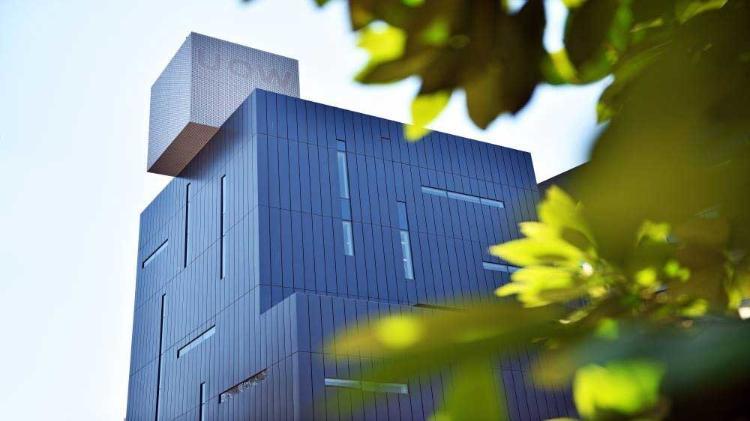New Directions in the Petasis-borono-Mannich reaction: Application of Organocatalysis and Allyl- and Crotylboronates for the Enantio- and Diastereoselective Synthesis of 1,2-Fluoroamines and 1,2-Amino Alcohols

Molecular Horizons - Phillip Chevis, PhD Exit Seminar
-
-
-
Wollongong Campus
32-G01
The Petasis-borono-Mannich (PBM) reaction has been shown to be effective for the synthesis of chiral small molecules as well as polyhydroxylated alkaloids and heterocycles since its discovery in 1993. However, there is very limited literature surrounding the use of allylboronates in the PBM reaction, where allylboronates stand to introduce greater functional complexity in the products compared to more commonly used aryl, vinyl, propargyl or allenylboronates. In addition, most PBM reactions use chiral pool materials such as sugars or amino acids as a source of chiral α-heteroatom aldehydes, rather than a more general method. Development of both these areas in the PBM reaction would enable a more versatile synthesis of alkaloid-like skeletons than is described in current literature. In this work, organocatalysis was used to synthesise chiral α-heteroatom aldehydes according to literature procedures, which were then used as substrates in the PBM reaction with primary amines and allyl or crotylboronates, producing 1,2-fluoroamines or free or O-protected 1,2-amino alcohols with high diastereoselectivity and enantiopurity. These structures could then be transformed into heterocyclic derivatives in few subsequent steps. This work demonstrates a straightforward and versatile method of synthesis of alkaloid-like compounds with high structural complexity.